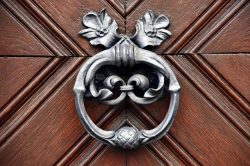What are the best antiques to invest in over the next 10 years? We will discuss which antique investments have some of the highest projected increases in value over ten years and why. We will also discuss things you should consider before buying an investment-grade antique.
Contents
We are going to go through 5 examples of investment-grade antiques that are set to increase significantly in value by 2022, but first, we want to talk about how you can research antiques before investing and what should be considered when making an investment-grade purchase.
The first thing to understand is that not all antiques are the same. The word "antique" has a variety of meanings, such as older than 100 years, or older than about 50 years. For example, a 20th-century antique would be a piece from the 20th century. Some might say that is not an antique because it is still being produced today.
Antiques are bought and sold according to their age, condition, and rarity. While you can purchase pieces of furniture, paintings, and other items normally traded on an online platform or by contacting an estate sale company, certain pieces tend to command better prices when they come up for sale at auctions. The type of auction they are sold at will vary according to the item.
Characteristics To Look For When Purchasing An Antique
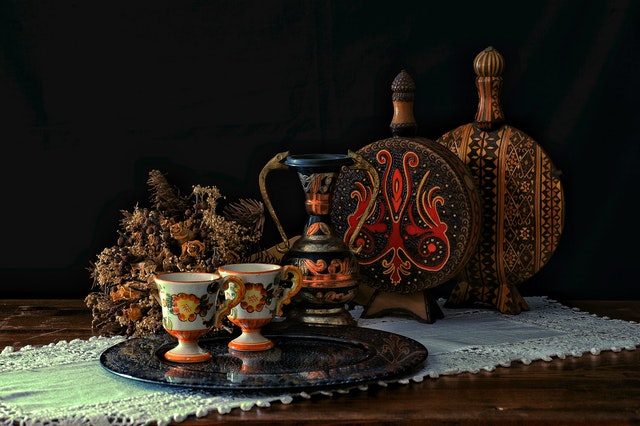
These are the most important factors to include in your decision about which antiques to purchase for investment purposes. In general, you should consider a piece with these 4 characteristics:
1. Upside potential
This is how much can go up in value over some time, such as 10 years. It is not always necessary that it goes up overall in price, but if we're just looking for appreciation then some pieces may have more upside potential than others. For E.g. a rare piece may be expected to increase in value much more than a common one.
It is not always necessary that it goes up overall in price, but if we're just looking for appreciation then some pieces may have more upside potential than others. For E.g. a rare piece may be expected to increase in value much more than a common one.
2. Downside risk
This is how safe an investment is and how likely it is that you might lose money on an antique. If a piece has a low downside risk and it is desirable, then you will be less likely to lose money on the piece than if it had a high downside risk.
If a piece has a low downside risk and it is desirable, then you will be less likely to lose money on the piece than if it had a high downside risk.
3. Level of interest
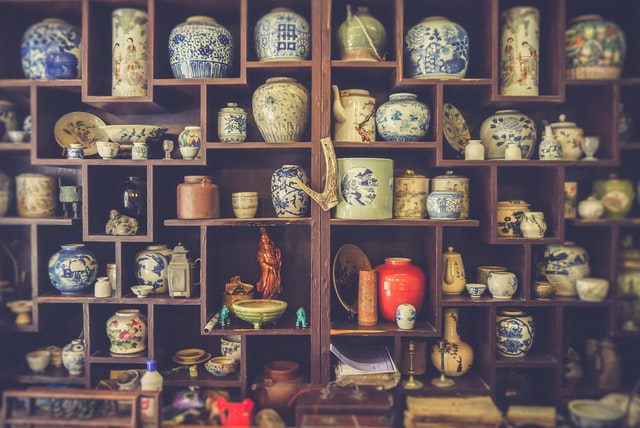
This means its popularity with the public or other investors. It can also mean how much people are willing to pay for something, especially in comparison to other pieces of similar age/condition/rarity. It doesn't mean that you can only invest in popular pieces, but popular pieces are usually the ones that will garner the most interest from other collectors and hence will be worth more.
It can also mean how much people are willing to pay for something, especially in comparison to other pieces. It doesn't mean that you can only invest in popular pieces, but popular pieces are usually the ones that will garner the most interest from other collectors and hence will be worth more.
4. Overall quality
This is just an indication of what you should aim for when purchasing an investment-grade antique because these will appreciate faster over time if they are more valuable in the first place. For example, a piece with a good, original finish will be rarer and thus more valuable.
Examples Of Investment-grade Antiques That You Should Consider Buying
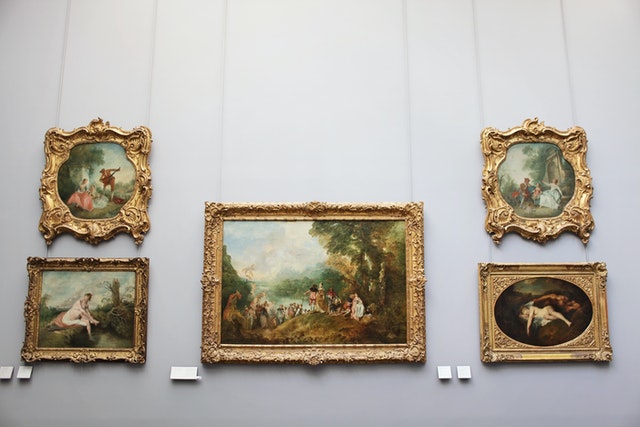
1. A rare, collectable art piece.
This can include anything from paintings, sculptures, and sculpture fragments to jewellery and other decorative items. When a collector purchases an antique by buying a collection of original art pieces, it is referred to as an original work of art (OOA) which generally means the piece has not been reproduced since the time it was created (the 1960s or older).
The rarity of these antiques makes them more desirable for investors because collectors want unique pieces rather than reproductions. Rarer pieces are usually more valuable and there is usually a greater risk of them losing value, but with the value of art rising, these risks are outweighed by the potential for growth over time.
2. A rare book printed before 1900 that is in good condition or less than 100 years old and has not been reprinted.

As with art pieces, the rarity of these antiques makes them more desirable for investors because they are generally unique rather than being a reproduction. Duplication of an old book would not be considered an antique as it is simply a modern print on paper that has no real value other than sentimental (unless you have the right to after you buy it).
3. Currency with a high face value and a low face value.
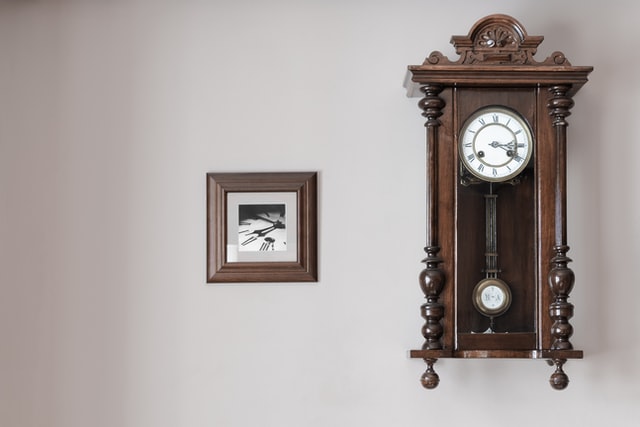
This means you are buying the currency for its gold content, not for the paper notes themselves. Price fluctuations usually only affect paper money, but gold and silver have historically had far more stability than paper money (e.g. during the Great Depression), so if you are looking to invest in something that could appreciate over time then these will be attractive options to consider.
Keep careful track of your investment in this type of antique because when it comes time to sell it you may only be able to get a relatively small proportion back as compared with other forms of precious metals like gold or silver.
4. A rare coin with an extremely high face value (e.g. $10,000 or higher).
These antiques can be bought relatively cheaply, but higher-quality ones will most likely be worth more than their face value. A lot of collectors hold onto these types of antiques to wait for the price to increase and it may take a very long time for them to do so.
Because many investors are not patient enough and eventually want to sell, this type of investment may not be suitable for you unless you're confident that the value will increase over time (which is possible with some rare coins).
5. An old painting in good condition or less than 100 years old and has not been reprinted.

This can include anything from oil paintings to watercolours, to masterpieces. As with collectable art pieces, the rarity of these antiques makes them more desirable for investors because they are generally unique rather than being a reproduction.
Duplication of an old painting would not be considered an antique as it is simply a modern print on paper that has no real value other than sentimental (unless you have the right to after you buy it).
6. Art Deco or Art Nouveau jewellery that has not been re-purposed into expensive custom pieces.

These pieces are often considered to be the highest quality antiques, especially if the artisan is renowned or of high quality.
They can also be expensive due to their rarity, but the number of examples that are out there for collectors to buy means it is still possible to find pieces at a reasonable price. The fact that these types of antiques were extremely popular in their day means that they will usually still be desirable by collectors today, making them even more valuable.
Types Of Antiques To Invest In 2022
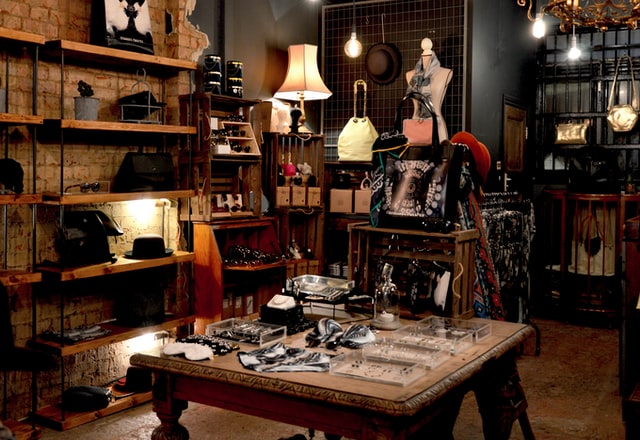
Signature Antiques
These are antiques that have been signed and dated by the artist or seller in some way – they may also have other markings and engravings on them which indicate they were created during a certain period.
The reason these types of antiques are controversial in the antique market is that they can be worth significantly more than the price you paid for them and many collectors and investors frown on this practice.
The problem with investing in signed antique pieces is that the signatures are often not very clearly written or clear, to begin with, meaning it can be difficult to decipher who created and signed the piece (the artist selling his work) versus someone else. There's also a risk of forgery as many artists sign their names under different pseudonyms, so you may have trouble deciding what you've bought from someone else (if it is not dated).
The premise of the antique market (and its popularity with buyers) is that when you buy an antique, it has been in one place for most of its life. You can tell this by looking at it and researching the type of material from which it is made.
As mentioned above, older antiques are less likely to have been moved a lot because most people in those days didn't have the money for long-distance travel or the need to move abroad. Signature antiques are generally not held in high regard by collectors because they do not believe that an antique should appreciate faster than normal due to how new it is. This is a real shame for investors though as we all know how good art can be for our portfolios.
The Antique Market
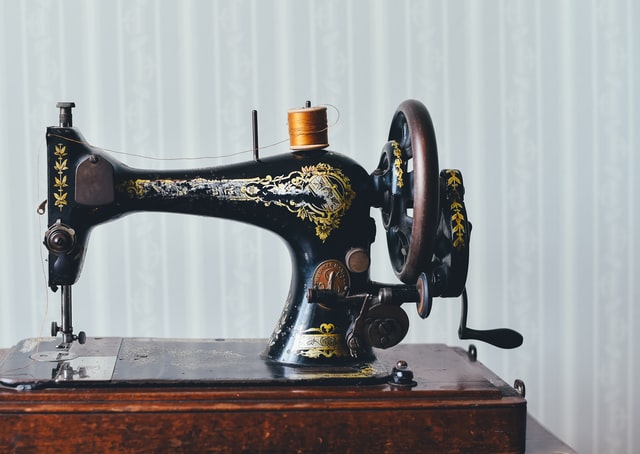
One of the reasons why investing in antiques may be a good investment strategy is because of the antique market itself. It is extremely popular with investors and collectors, which means that the market has a lot of liquidity and there are plenty of interested buyers (which means if you decide to sell your antiques you won't have any trouble finding someone who wants them).
The popularity of these types of investments makes them more likely to appreciate so you'll likely be making good profits as time goes on.
The only real problem with investing in antiques is that it can be quite difficult to find any item you want to buy. If you're looking for an antique ring, for example, it might be easier to find a ring made out of cut-down gold coins than a genuine antique. The best way we have found is to use Google search and then look for auctions or shops nearby where the items are sold.
It is worth keeping your eyes open to local flea markets and pawnshops as well because most of the time they will be full of good antiques that people are just trying to get rid of at relatively low prices. The risk with antiques is that the value of the item you bought may not increase if the market has a downturn.
Of course, there are no guarantees when it comes to investing in anything, but this is one investment strategy that is less likely to run into trouble. However, it is without a doubt that if you keep a watchful eye on upcoming sales or auctions and start buying when the price dips then in time you should see quite good returns on your investments.
Antiques may seem like an odd investment subject to focus on, but they can certainly be great additions to your portfolio whether it be short-term or long-term. The best thing to do is research thoroughly, as always, before you decide to invest in one of these possible antiques and you should be able to find some good pieces which will increase in value over time.



